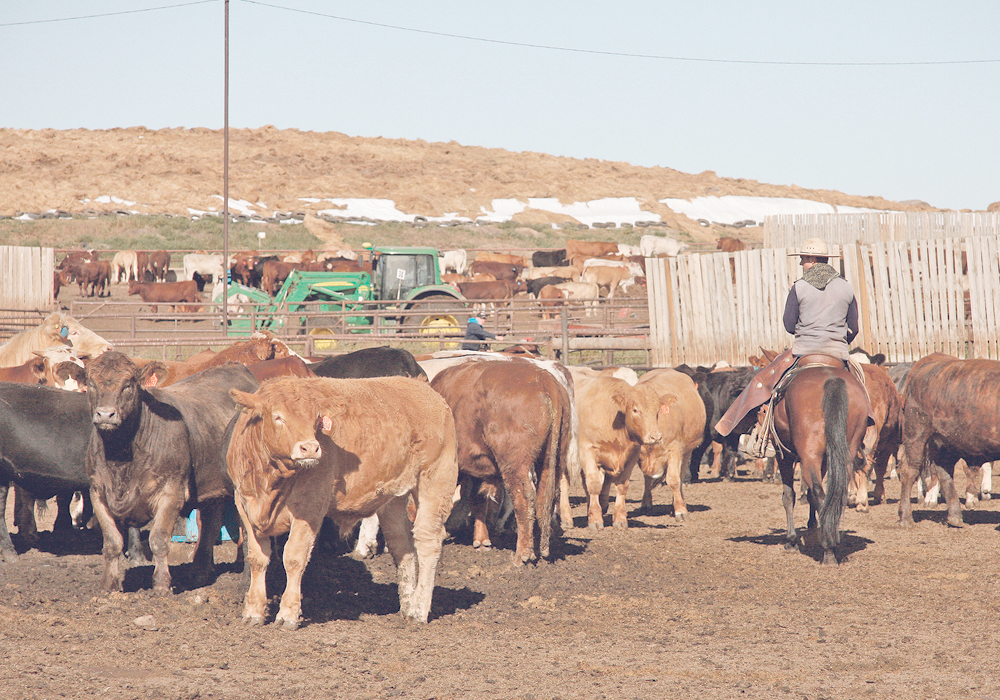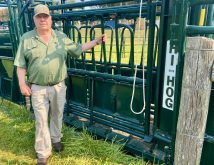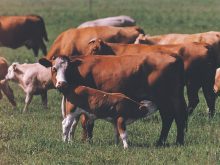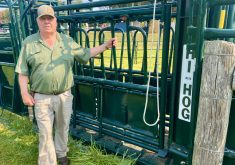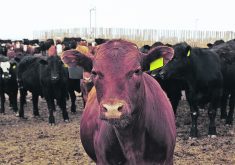Andrea Stroeve-Sawa of Shipwheel Cattle Feeders learned stockmanship from the man himself: Bud Williams, the guru of low-stress cattle handling.
Her father met Williams at a conference and invited him to visit Alberta. Stroeve-Sawa said her father and Williams worked cattle together for two weeks, 12 hours a day, and Williams taught the ins and outs of stockmanship. Stroeve-Sawa was often there with them.
Related story: Handling tied to cattle health
Read Also
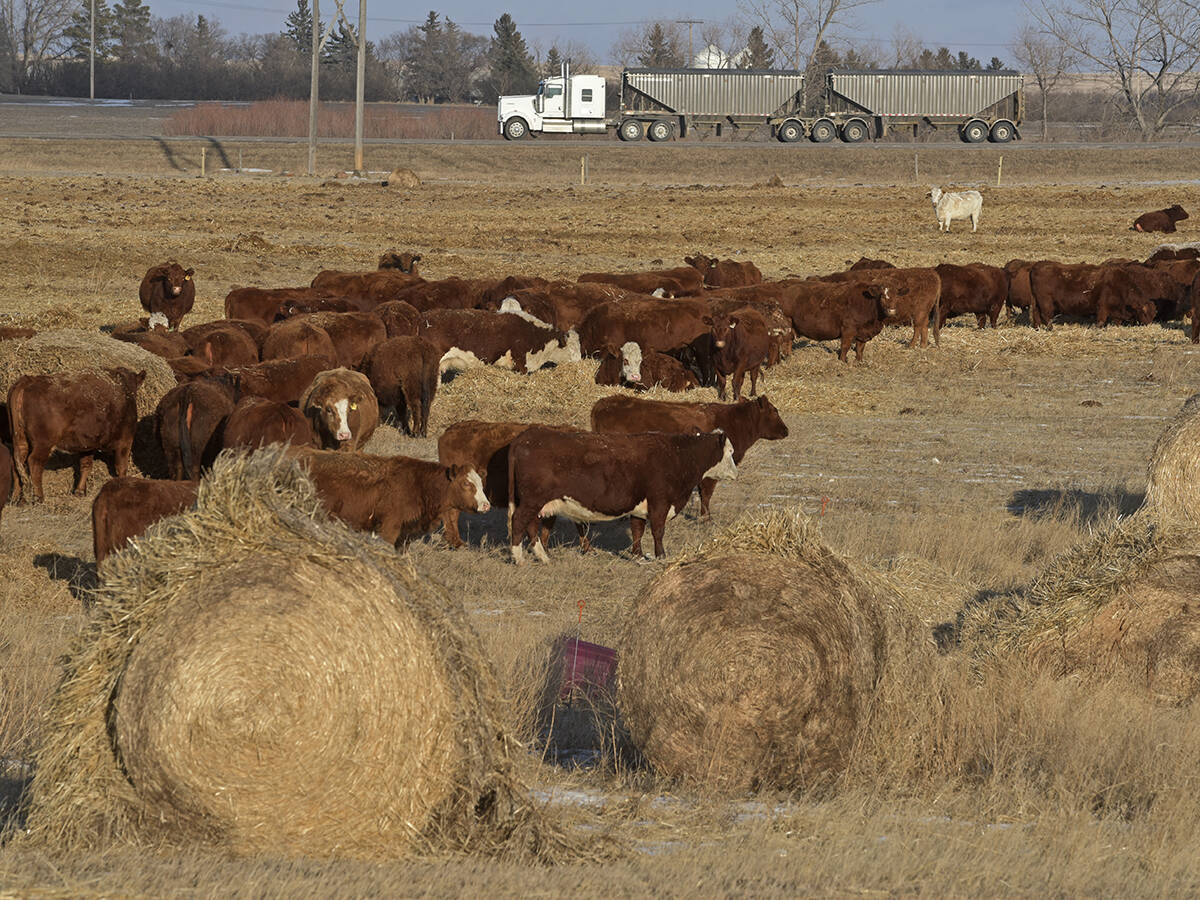
Canadian Cattle Association hopeful of agreement with Alberta group
The Canadian Cattle Association is optimistic the two parties will work through the issues ABP identified and resolve them before the July 1, 2026, withdrawal date.
“So that was kind of my first introduction to proper stockmanship. And then from there, Dad completely pivoted how we were doing things and from then on, I learned by osmosis, just by being around it.”
Stroeve-Sawa is the fourth generation of her family to manage Shipwheel Cattle Feeders Ltd. near Taber, Alta. The operation has a yearling grazing program and a 5,500-head feedlot, as well as some cropland, bees and pasture-raised chickens.
As manager, Stroeve-Sawa implements stockmanship.
“We really make an effort continually to be working towards getting better at what we’re doing when we’re handling cattle,” she said. “I would say that we’re never really done. Even myself, I’m still learning and growing and trying to get better.”
She said she’s seen benefits of stockmanship in terms of improved animal health and feed efficiency.
“Even in humans, or in cattle, when we get stressed, that causes an increase in cortisol to go through our body. So how do we stop that? We as humans would do whatever self-care we need to do…
“Those calves don’t know how to do that so we have to assist them, and so if we don’t assist them, the negative cycle of stress just continues.”
Implementation is not without challenges, she added. It’s hard to find employees who either know stockmanship or are willing to learn and implement it.
“It’s tough, it’s not an easy thing, and it really has to start from the top. Your staff has to implement it properly, and so they have to be committed, and in order for them to be committed, you have to be committed. … It almost becomes a belief within your place.”


